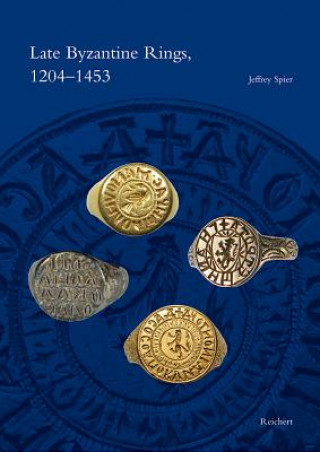
Kód: 01907144
Late Byzantine Rings, 1204 - 1453
Autor Jeffrey Spier
Late Byzantine Rings, 1204-1453 is the first study of the rings of the final years of the Byzantine Empire, the period encompassing the Latin occupation of Constantinople (1204-1261) and the restored empire under the Palaiologan r ... celý popis
- Jazyk:
 Angličtina
Angličtina - Vazba: Pevná
- Počet stran: 112
Nakladatelství: Reichert, 2013
- Více informací o knize

2412 Kč

Skladem u dodavatele v malém množství
Odesíláme za 10-14 dnů
Potřebujete více kusů?Máte-li zájem o více kusů, prověřte, prosím, nejprve dostupnost titulu na naši zákaznické podpoře.
Přidat mezi přání
Mohlo by se vám také líbit
Darujte tuto knihu ještě dnes
- Objednejte knihu a zvolte Zaslat jako dárek.
- Obratem obdržíte darovací poukaz na knihu, který můžete ihned předat obdarovanému.
- Knihu zašleme na adresu obdarovaného, o nic se nestaráte.
Více informací o knize Late Byzantine Rings, 1204 - 1453
Nákupem získáte 241 bodů
 Anotace knihy
Anotace knihy
Late Byzantine Rings, 1204-1453 is the first study of the rings of the final years of the Byzantine Empire, the period encompassing the Latin occupation of Constantinople (1204-1261) and the restored empire under the Palaiologan rulers until the fall of Byzantium to the Turks in 1453. The rings from this period are remarkable not only for their fine design but also for the variety of inscriptions they bear, including personal names and monograms, official titles, and epigrams composed by Byzantine poets. §The book illustrates and discusses nearly fifty rings from the Palaiologan period, as well as some earlier Byzantine rings, contemporary Byzantine jewelry, and related material from Bulgaria, Serbia, and the West. Many of the rings are published here for the first time. The study begins with a review of the great diversity of rings that existed at the end of the twelfth century, just before the Latin Conquest, and suggests that in view of the occupation of both Constantinople and Thessalonica, the production of rings and jewelry in Byzantine style was disrupted. When the Byzantine workshops in Constantinople resumed after 1261, the rings took new forms, combining tradition Byzantine style with considerable Western influence apparent in the style of engraving and the occasional use of engraved gems.§The material gathered in this study will be of importance to a variety of students of Byzantine and Medieval history, literature, art, and jewelry. The rings preserve a number of previously unrecorded personal names and titles that shed light on relations between the imperial court and the new landowning class that emerged in the late Byzantine period. Find sites and names also demonstrate a great degree of political and economic contact with neighboring Serbia and Bulgaria. Influence from the West (especially Venice) is apparent in the workmanship of the rings and their frequent use of heraldic devices in Western style. Verses engraved on some rings can be identified as works of both traditional and contemporary Byzantine poets. The surviving rings also demonstrate that fine quality jewelry was still being produced in the imperial court in Constantinople in the Palaiologan period.§
 Parametry knihy
Parametry knihy
Zařazení knihy Knihy v angličtině The arts Art forms Non-graphic art forms
2412 Kč
- Plný název: Late Byzantine Rings, 1204 - 1453
- Autor: Jeffrey Spier
- Jazyk:
 Angličtina
Angličtina - Vazba: Pevná
- Počet stran: 112
- EAN: 9783895009402
- ID: 01907144
- Nakladatelství: Reichert
- Hmotnost: 375 g
- Rozměry: 246 × 174 × 12 mm
- Datum vydání: 08. April 2013
Oblíbené z jiného soudku
-

Final Fantasy Vii Remake: Material Ultimania
873 Kč -

World Of Cyberpunk 2077
913 Kč -

The Complete Art Of Guild Wars
897 Kč -

Legend Of Zelda, The: Breath Of The Wild - Creating A Champion
1075 Kč -

Nier: Automata World Guide Volume 2
925 Kč -

World Of Tom Clancy's The Division
856 Kč -

Final Fantasy Vii Remake: World Preview
549 Kč -

BoJack Horseman: The Art Before the Horse
818 Kč -

Walk Through Walls
316 Kč -

Resident Evil 7: Biohazard Document File
718 Kč -

Tanzanite: Born from Lightning
1637 Kč -
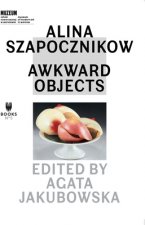
Alina Szapocznikow - Awkward Objects
865 Kč -

Art Of Cuphead
856 Kč -

The Art of Dead Space
812 Kč -

Advanced Jewellery CAD Modelling in Rhino
750 Kč -

Art Of Doom: Eternal
856 Kč -

Final Fantasy XIV Shadowbringers
814 Kč -

Super Mario Encyclopedia
912 Kč -

Vogue The Jewellery
928 Kč -

Complete Guide to Chip Carving
403 Kč -

Final Fantasy Vii Poster Collection
570 Kč -

Castlevania: The Art Of The Animated Series
888 Kč -

Art Of Star Wars Jedi: Fallen Order
822 Kč -

Legend Of Zelda, The: Art & Artifacts
912 Kč -

Gwent: Art Of The Witcher Card Game
856 Kč -

Modelling and Sculpting the Human Figure
371 Kč -

Art of Assassin's Creed III
599 Kč -
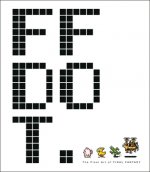
Ff Dot: The Pixel Art Of Final Fantasy
573 Kč -

Art Of The Last Of Us Part Ii Deluxe Edition
2309 Kč -

Performance Art
679 Kč -

Henri Matisse: The Cut-Outs
810 Kč -

Dota 2: The Comic Collection
650 Kč -
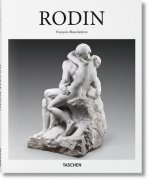
Rodin
304 Kč -
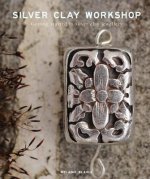
Silver Clay Workshop
464 Kč -

Dream Worlds: Production Design for Animation
1237 Kč -

Art of Soldering for Jewellery Makers
410 Kč -

Art Of Halo Infinite
903 Kč -

Miniature Final Fantasy
466 Kč -
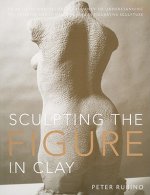
Sculpting the Figure in Clay
663 Kč -

21st-Century Jewellery Designers
1637 Kč -
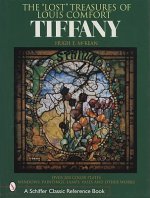
Lt Treasures of Louis Comfort Tiffany: Windows, Paintings, Lamps, Vases, and Other Works
1128 Kč -

Creating Stylized Characters
716 Kč -

Art Of Dishonored 2
1291 Kč -
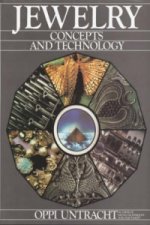
Jewelry Concepts and Technology
2430 Kč -

Art Of Mass Effect: Andromeda
856 Kč -

Art of the Japanese Sword
924 Kč -

Art Of Super Mario Odyssey
1102 Kč -

Art Of Star Wars Rebels
834 Kč -

Polishing and Finishing for Jewellers and Silversmiths
306 Kč
Osobní odběr Praha, Brno a 12903 dalších
Copyright ©2008-24 nejlevnejsi-knihy.cz Všechna práva vyhrazenaSoukromíCookies






 Vrácení do měsíce
Vrácení do měsíce 571 999 099 (8-15.30h)
571 999 099 (8-15.30h)